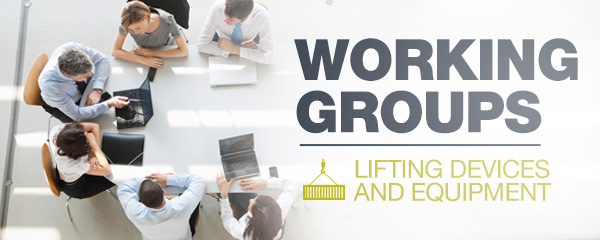LDE Committee Streamlines Requirements and Revises Standard
May 06, 2014
2-minute read

Lifting Device and Equipment (LDE) managers from the NASA centers met Feb. 26-27 for the first time since 2010 to share experiences and challenges and to work out detailed technical issues related to the upcoming revision of the LDE standard. The face-to-face meeting permitted a level of interaction that is difficult to achieve using teleconferences and web meetings, promoting better understanding and progress on a several issues on which progress had stalled.
The LDE managers worked to understand and resolve issues related to
- The meaning of “critical lift,” the flexibility built into the current definition, and what these mean for programs and projects needing to perform such lifts. Notably, under the current definition in NASA-STD-8719.9, lifting operations on easily replaceable flight hardware may in many cases not be considered critical lifts.
- Use of mobile cranes for critical lifts. NASA-STD-8719.9 establishes conditions under which critical lifts are acceptable, including a requirement that a mobile crane not be used for critical lifts at greater than 75 percent of its rated load. Discussions centered on what other conditions might make use of mobile cranes for critical lifts suitable up to 90 percent or 100 percent of rated load.
- Occupational Safety and Health Administration limits on testing of slings, and their relationship to NASA and Air Force Range requirements for such testing.
After seeing a draft of the standard with removal of redundancies, the LDE managers confirmed their support for a reduction in the number of requirements from approximately 1,300 “shall statements” to less than 400.
The next face-to-face meeting of the LDE Committee has not yet been scheduled, but will probably take place in about two years. In the interim, the group will continue to meet by phone and web conference multiple times per year to address current issues.